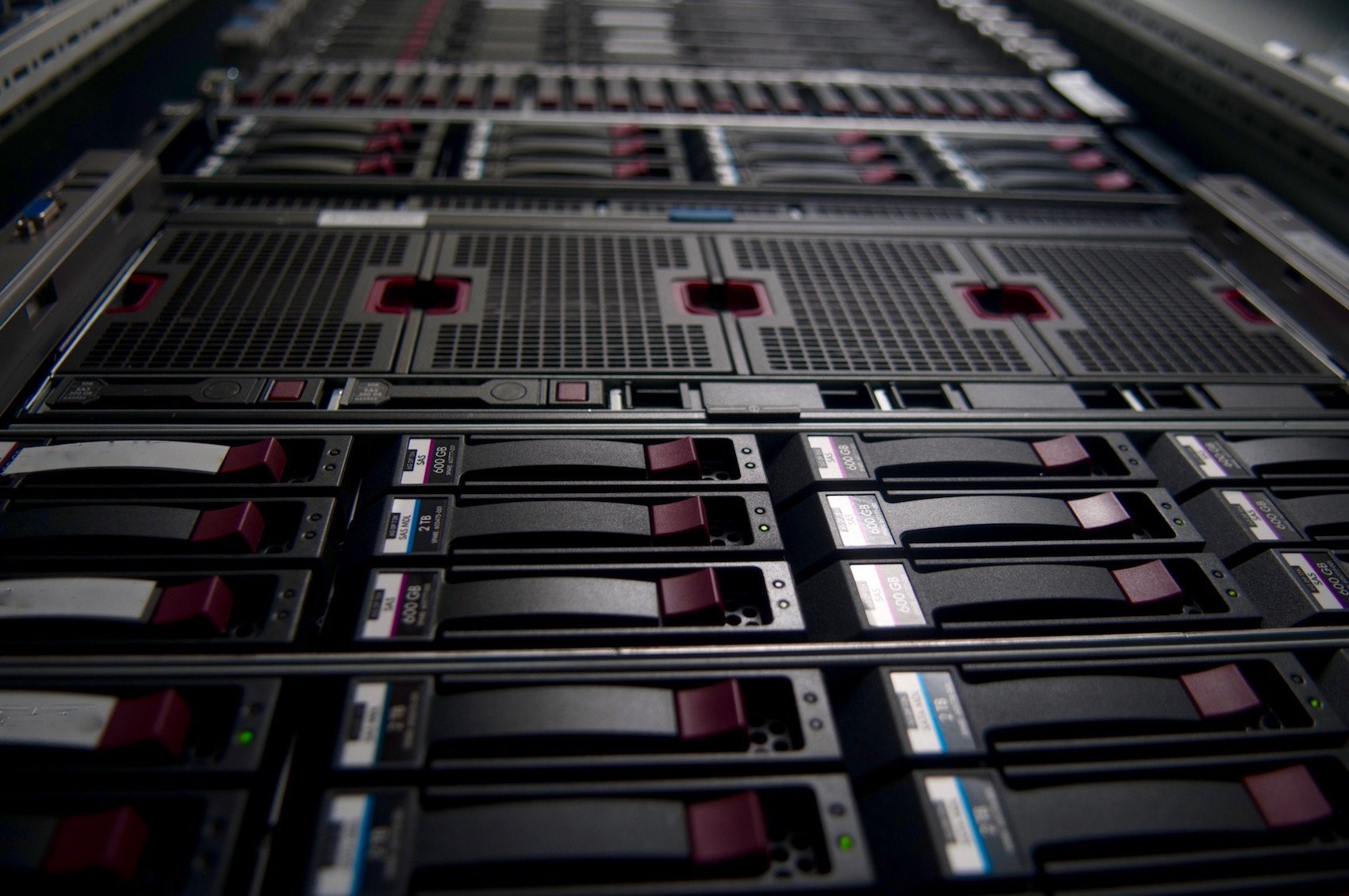Apache ActiveMQ is a modern, open source messaging platform. For years now, the community has been working on the successor to the venerable ActiveMQ - now sometimes referred to as ActiveMQ classic.
The new project is named ActiveMQ Artemis, at least until the time that it will be re-branded as ActiveMQ 6.0. Apparently that will happen once ActiveMQ Artemis has all features of ActiveMQ, but since no one knows if and when this feature parity is achieved lets take a look at ActiveMQ Artemis - the future of the ActiveMQ project.
... [continue reading]



